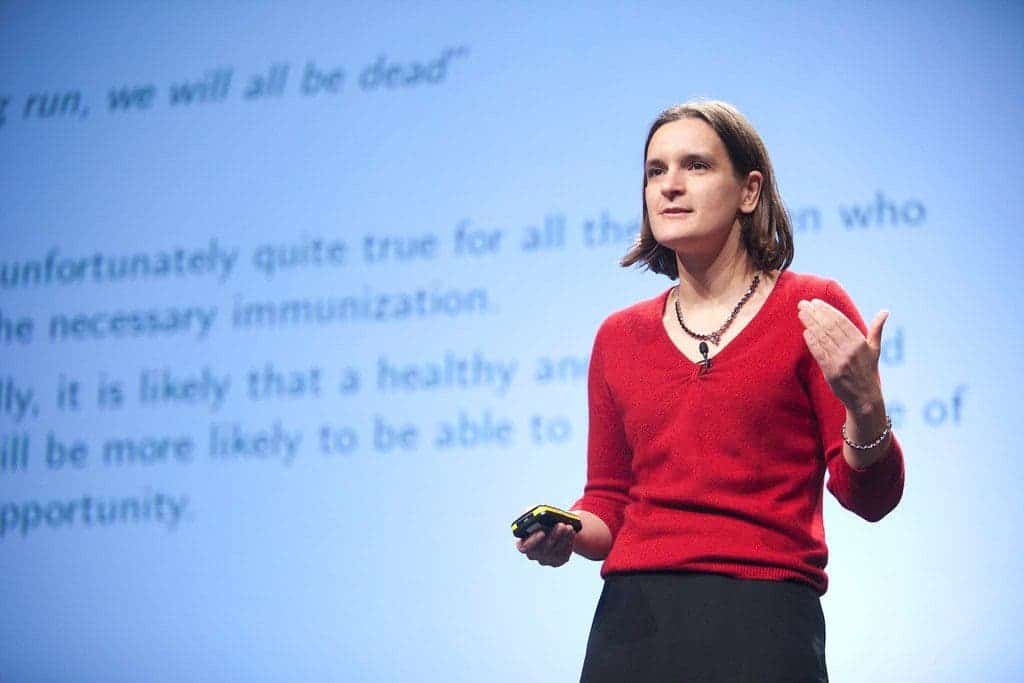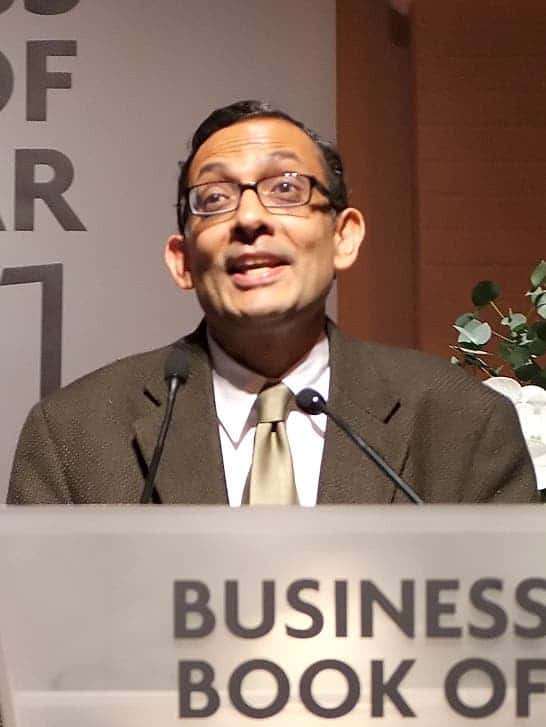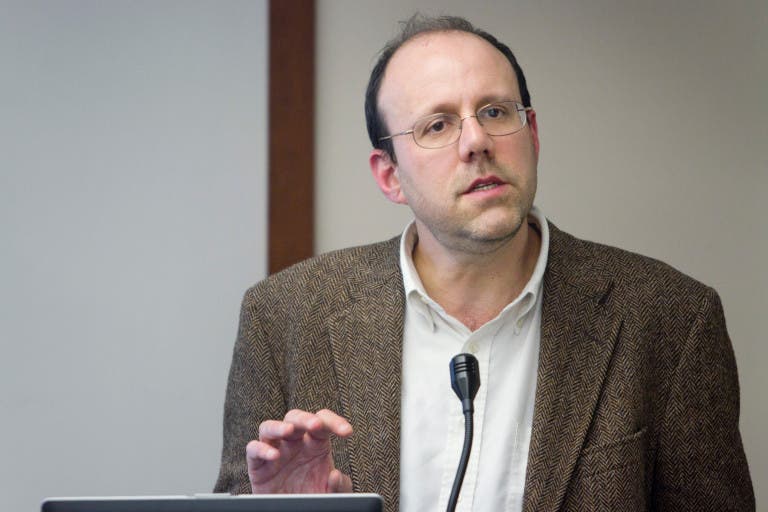Esther Duflo has become only the second woman to win the Nobel Prize for Economics (or the Sveriges Riksbank Prize in Economic Sciences, as it is technically called). Along with Abhijit Banerjee and Michael Kremer, Duflo was recognized for research alleviating poverty.
The prize was awarded for “their experimental approach to alleviating global poverty.”

Much-needed research
Banerjee and Duflo, a couple in their private life, are both professors at the Massachusetts Institute of Technology. Their work has often intertwined with that of Banerjee, who is a Professor of Developing Societies in the Department of Economics at Harvard University. Unlike theoretical or behavioral economics, their research focused on practical policies which can alleviate poverty.
For instance, they looked at which investments have the biggest impacts on the lives of the poorest people in countries such as India and Africa. They analyzed the effectiveness of multiple types of interventions, assessing which one can make the biggest difference.
For instance, a problem they identified in India is the high level of absenteeism among teachers. They found that by employing teachers on short-term contracts and extending the contracts of the ones with good results, the student would get much better results.
Another project they looked at was how medicine and healthcare should be charged. For instance, de-worming pills for parasitic infections were very popular if they were free — almost 75% of parents would administer them to their children. But if they cost $1, which still involved a heavy subsidy, that rate drops to 18%. Therefore, their research showed that it’s more effective to offer a larger subsidy and make the pills completely free.

Their work was implemented successfully and has made a difference for the wellbeing of millions of impoverished people around the world. It’s extremely unusual for this Nobel Prize to go to this type of work, the laureates themselves acknowledge.
“The kind of work we’ve done over the years, when we started, was marginal in economics,” Banerjee said. In that light, he added, the Nobel award is “great for the development field” within economics, reflecting the significance of work done by many of his colleagues.
Experimental economics
This was not just useful work — it was groundbreaking in its approach. While most of the world is aware that some areas are extremely impoverished, and some policies are better than others, identifying approaches that actually work is extremely challenging.
The three laureates worked on the assumption that extremely complex problems can be split into smaller, more approachable questions, which can themselves be answered through practical field trials. Duflo, Banerjee, and Kremer used this approach with great success.
Take, for instance, the example of low-income countries, where many children don’t finish their education. They have a scarcity of textbooks, and children often go hungry. Would offering textbooks yield the best rewards, or would it be better to offer school meals? The trio applied this question in rural western Kenya, where they did field experiments. Without this practical knowledge, they realized, there would simply be too much complexity to accurately predict how different changes would take place.
The results were surprising: neither textbooks nor free schools made a significant difference to learning outcomes. At best, textbooks only helped the very best students.
Instead, they found that the biggest problem was that education did not address the needs of pupils.

It was a series of well-designed and reliable experiments that allowed them to reach these conclusions. It takes more than just careful planning — they had to employ a smart selection of random and non-random variables, as well as a careful interpretation of the results. The laureates used contract theory and behavioral economics to do this
“A gram of radium”
Duflo, 46, is the second woman and the youngest person ever to receive the Nobel in economic sciences.
“We’re fortunate to see this kind of work being recognized,” Duflo told MIT News. She called the work in this area a “collective effort” and said that “we could not have created a movement without hundreds of researchers and staff members.” The Nobel award, she said, also represented this collective enterprise, and was “larger than our work.”
When asked what she would do with the prize money (which is 1 million dollars split evenly between the three), she made a reference to Marie Curie’s famous decision to spend her own prize on “a gram of radium”.
“I guess the three of us will talk together and figure out what is our gram of radium,” she said. ❞
It’s hard to say just how much the research of this group influenced the world, but their impact cannot be understated. According to one analysis, their work directly impacted 400 million people worldwide, though that’s probably an understatement since it only analyzed the largest project they worked on. It is an important reminder that sometimes, it is possible to draw a straight line from research to policy.
You can find more about their research below: Esther Duflo in a TED talk about her research (Social Experiments to Fight Poverty) and Michael Kremer in a YouTube lecture (The Origin and Evolution of Randomized Experiments in Development).


